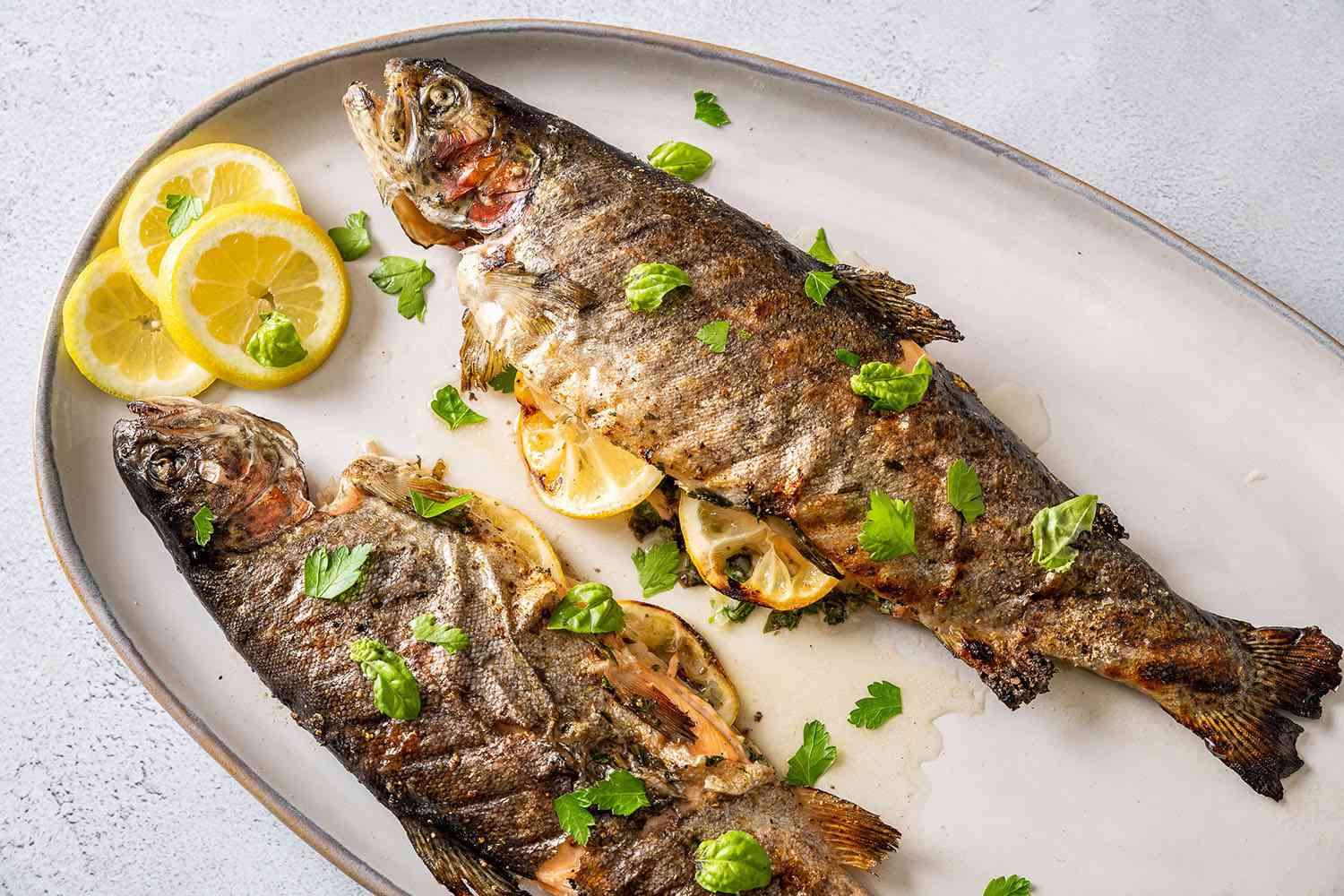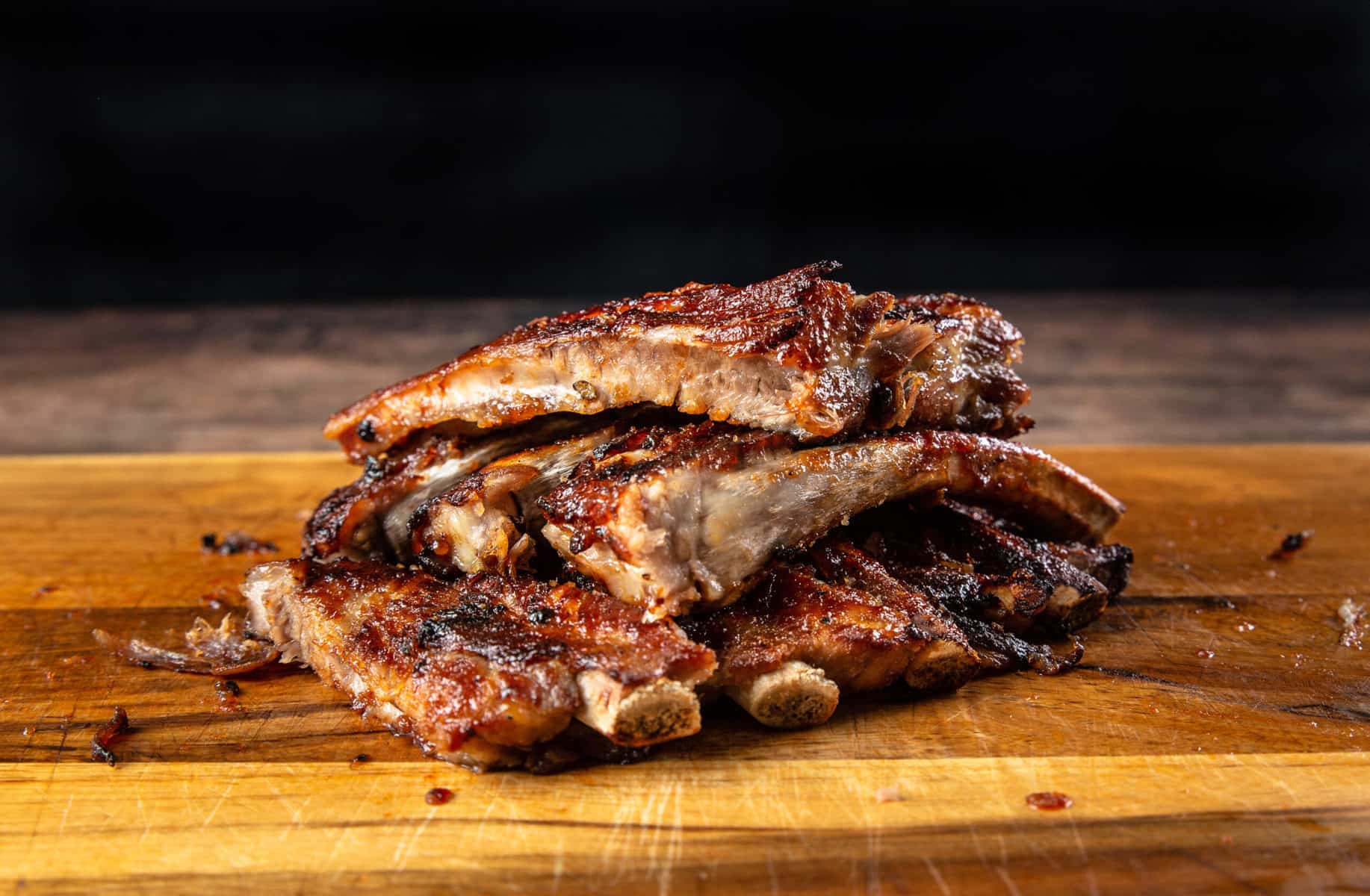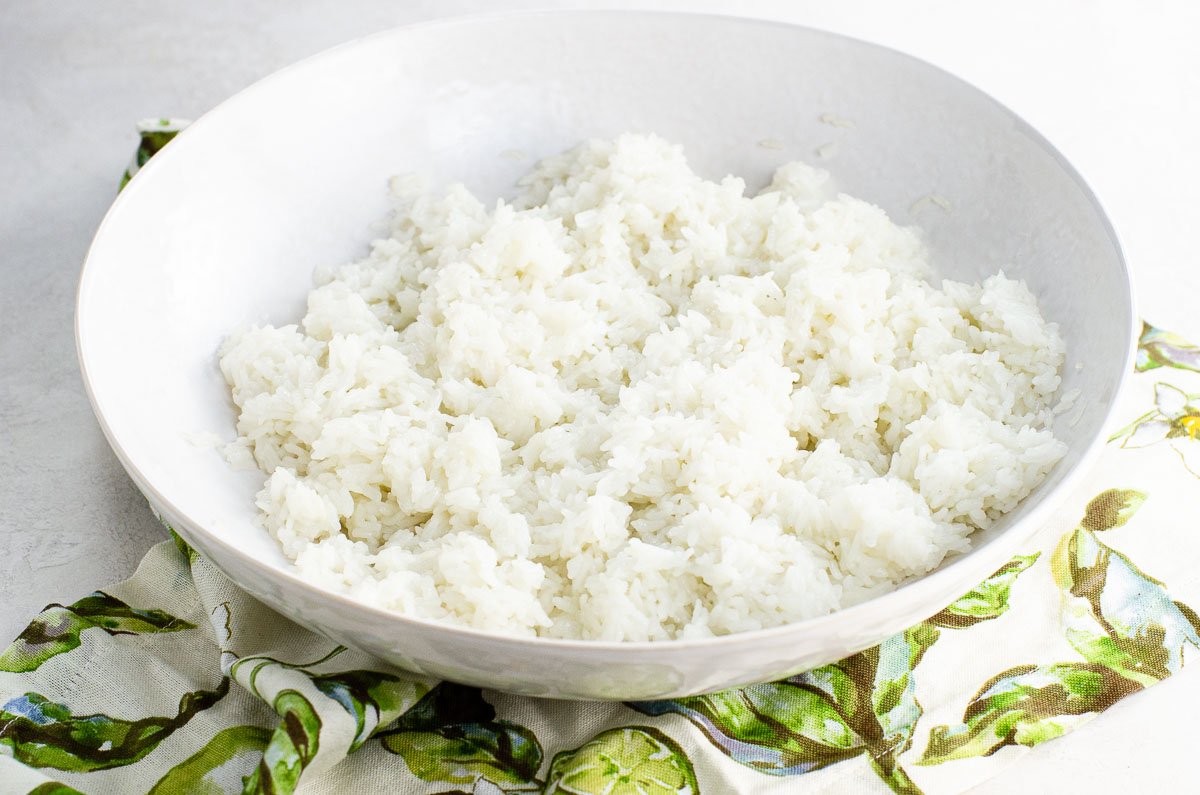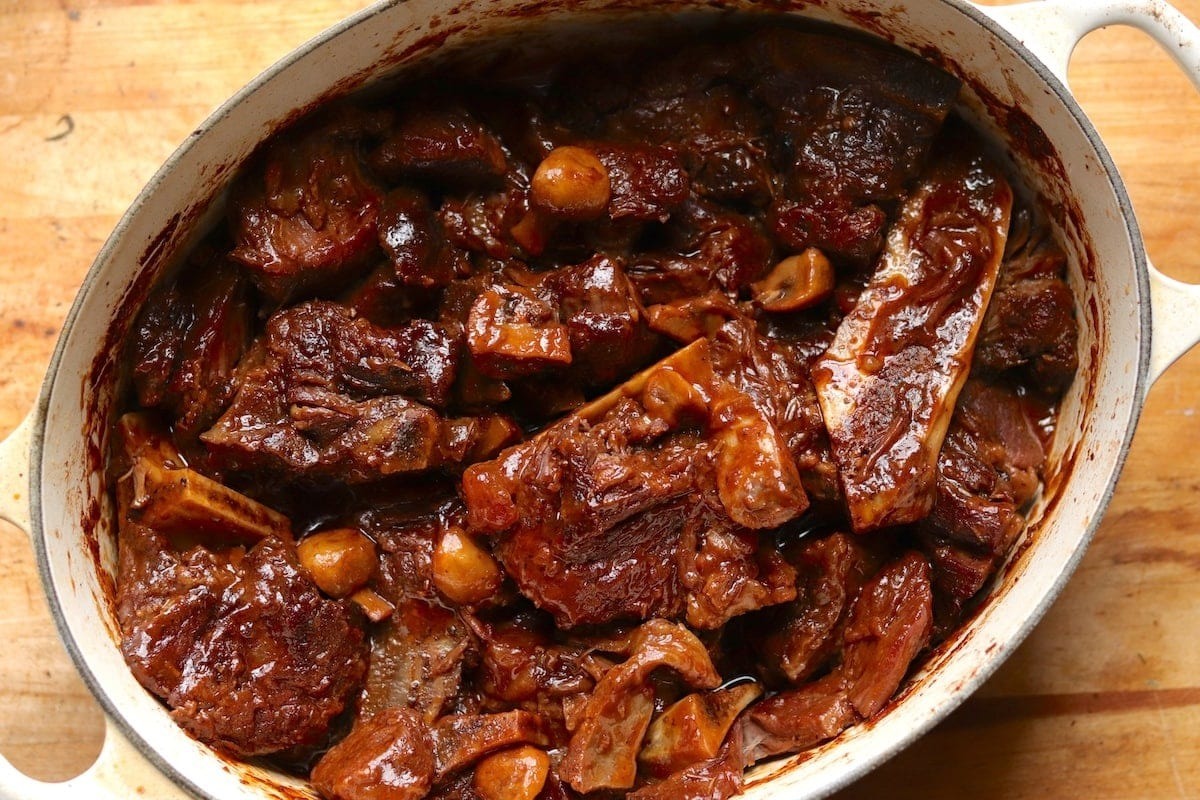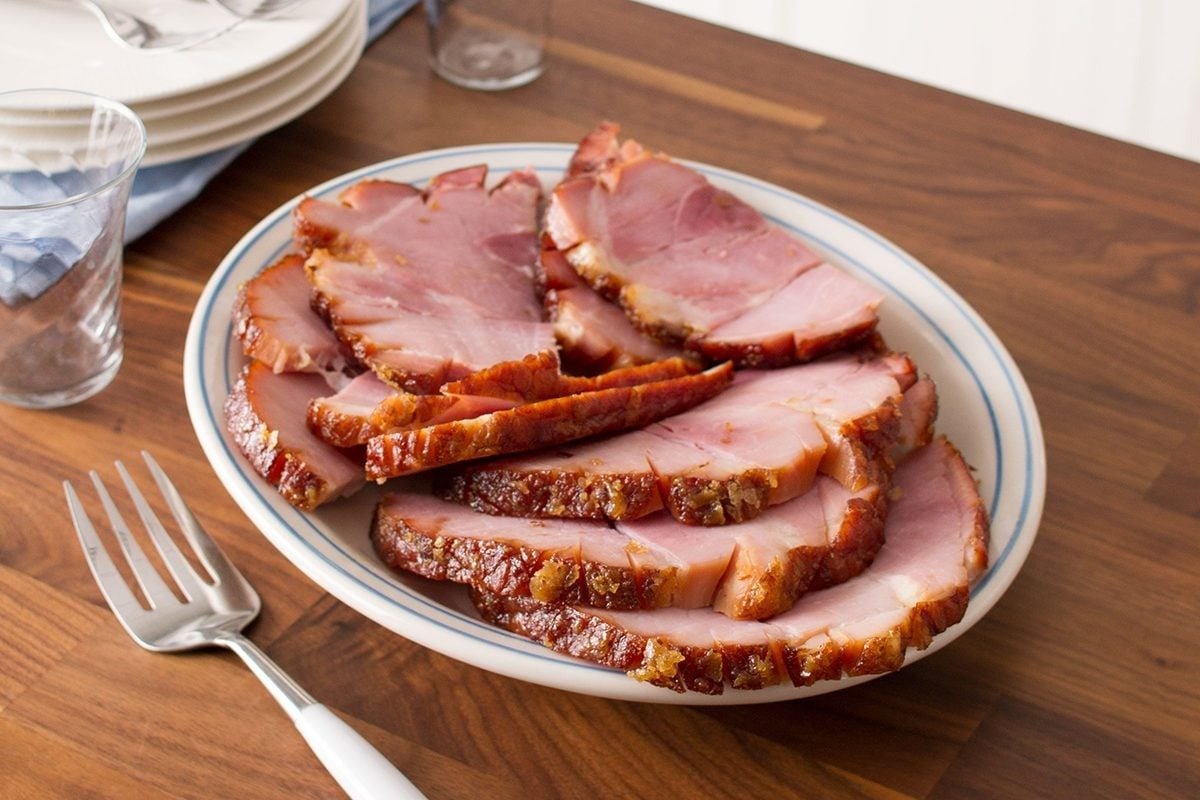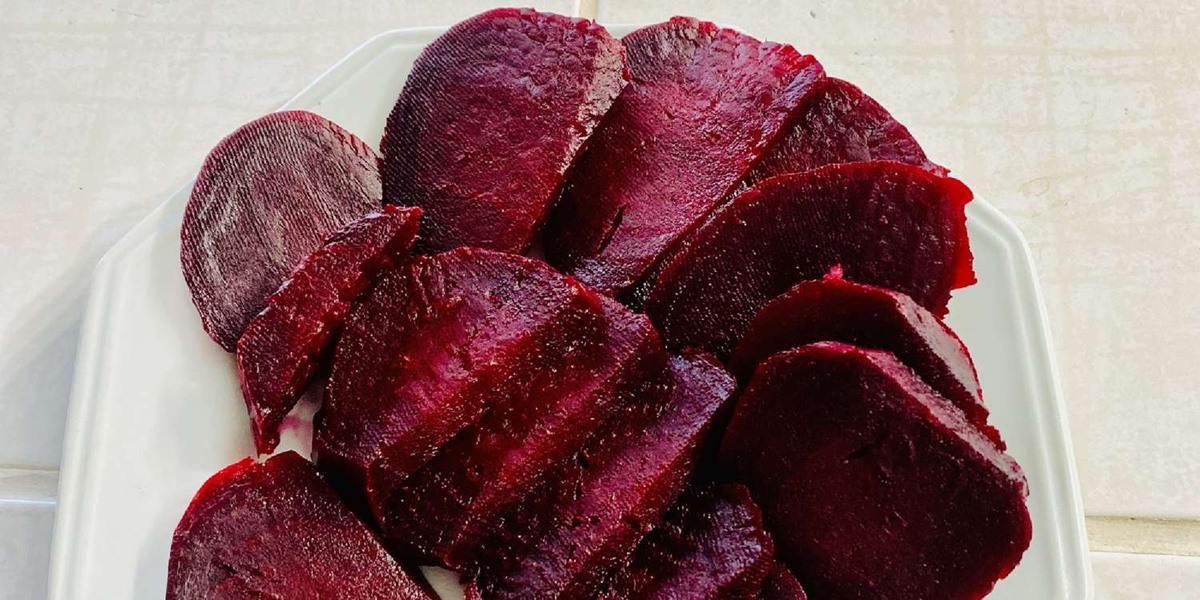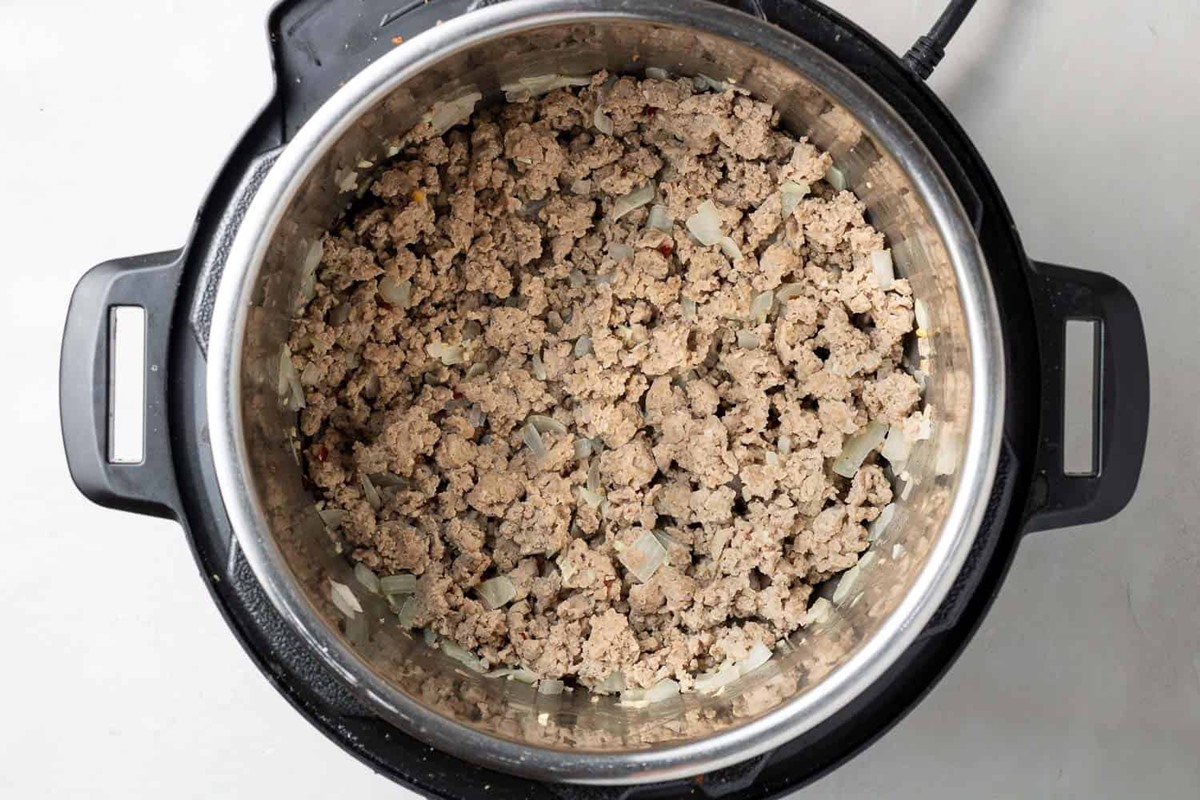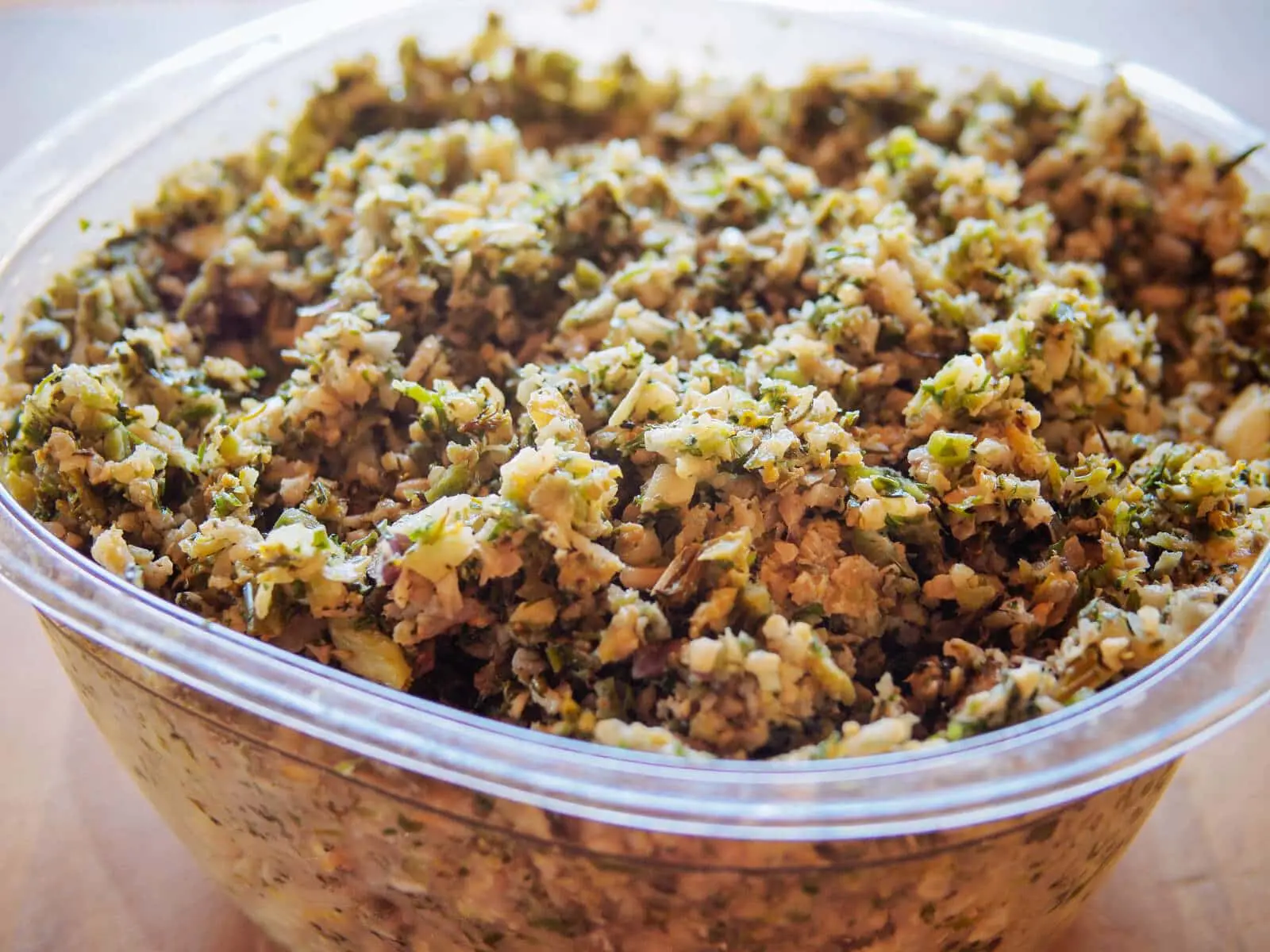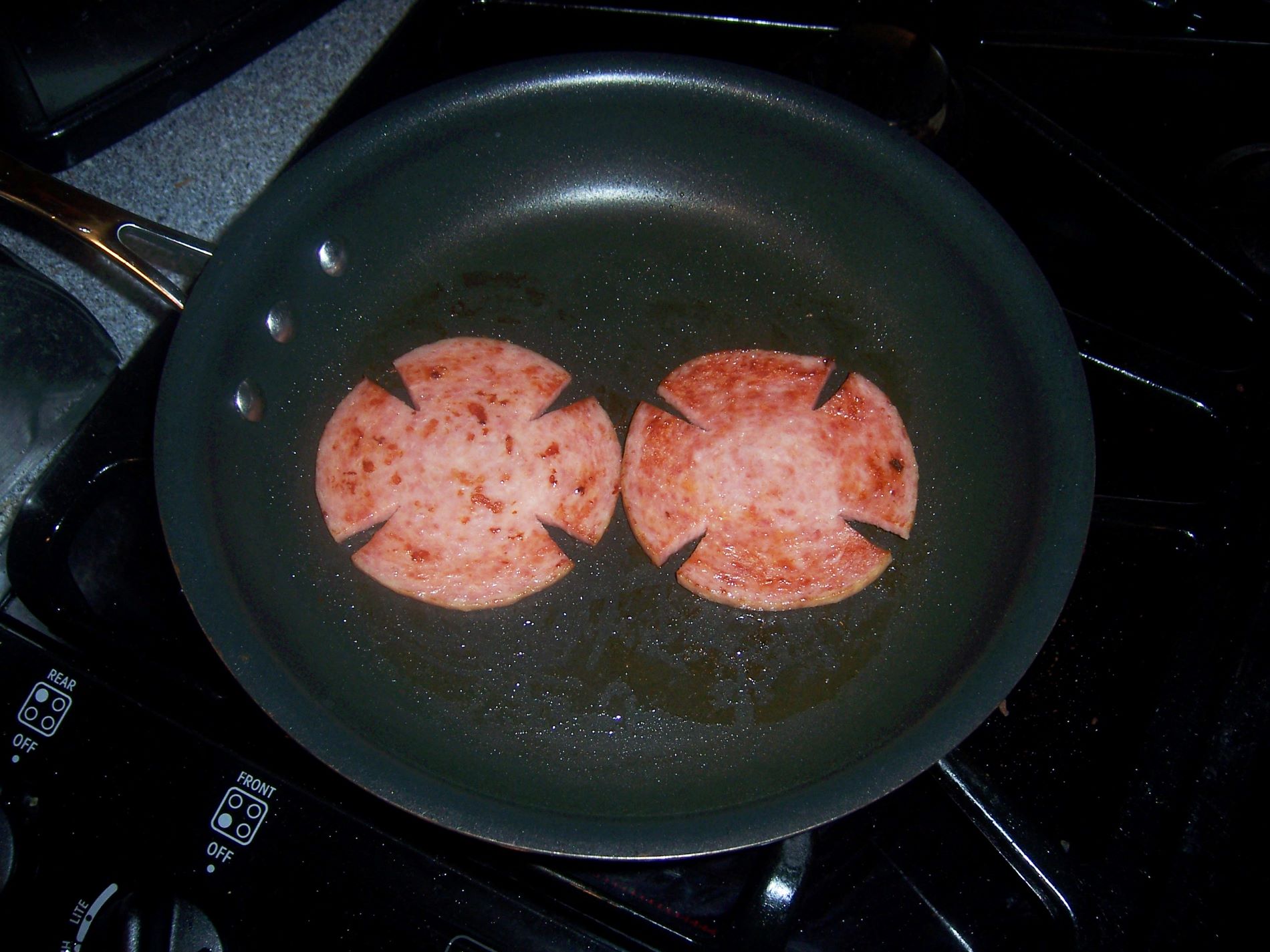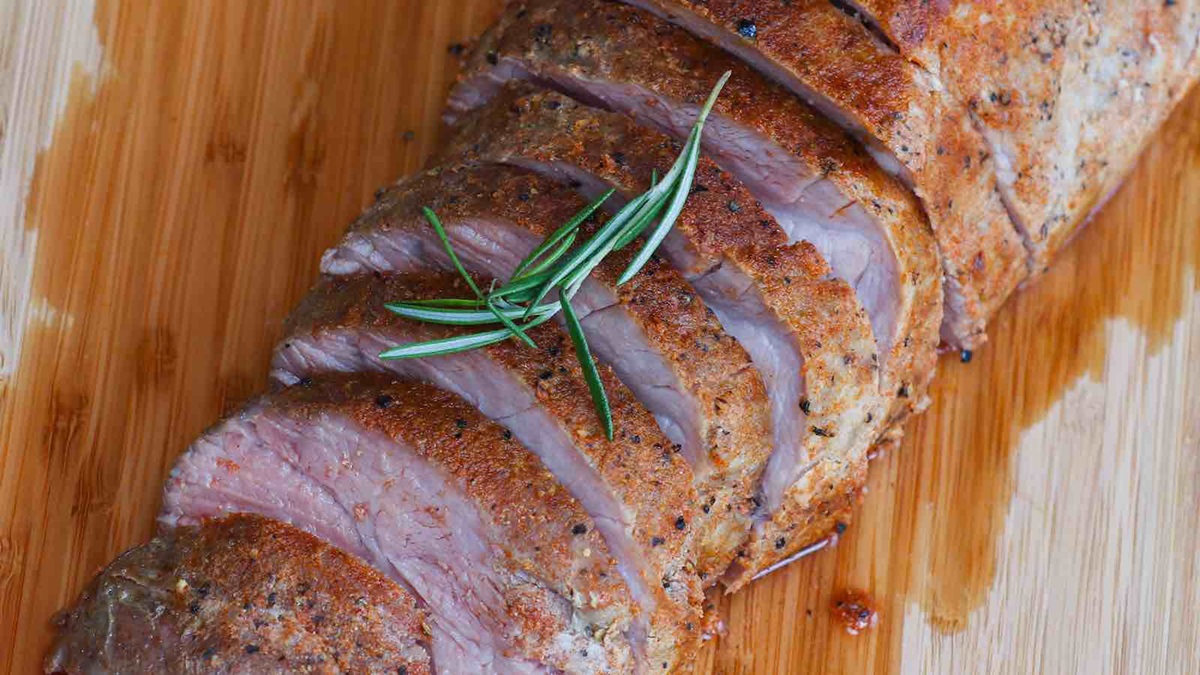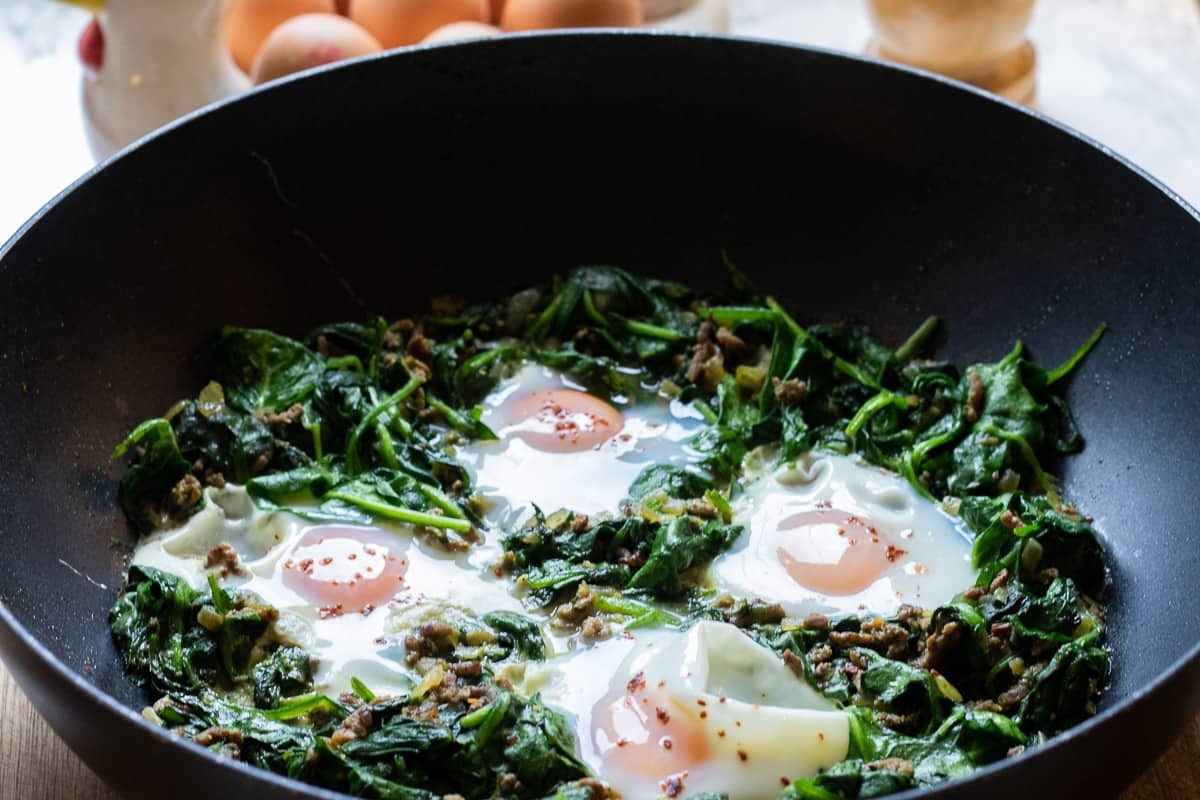Cooking kabocha squash on the stove is a delightful way to enjoy this sweet, nutty winter vegetable. Often compared to pumpkin and sweet potato, kabocha squash, with its rich, velvety texture, becomes even more flavorful when cooked properly. This method is perfect for those looking for a quick, nutritious addition to their meals. Whether you're aiming to make a savory side dish or a sweet treat, mastering the stove-top technique will transform your kabocha squash into a versatile ingredient. Let's dive into the simple steps to cook kabocha squash on the stove, ensuring a perfectly cooked, delicious result every time.
Essential Ingredients for Stovetop Kabocha Squash
- Kabocha squash, 1 medium-sized, approximately 2-3 pounds
- Olive oil, 2 tablespoons
- Salt, to taste
- Black pepper, freshly ground, to taste
- Water, 1/2 cup
- Fresh herbs (optional), such as thyme or rosemary, for garnish
Must-Have Tools for Cooking Kabocha Squash
- Sharp knife
- Cutting board
- Large pot with lid
- Vegetable peeler (optional)
- Spoon (for scooping seeds)
- Stove
For cooking kabocha squash on the stove, first, peel and cube the squash. Next, simmer in a covered pan with a bit of water until tender, usually around 15-20 minutes.
The Importance of Cooking Kabocha Squash on the Stove
Cooking kabocha squash on the stove is a simple, efficient method to unlock its sweet, nutty flavor without the need for an oven. This technique allows for quick preparation, making it ideal for weeknight dinners or when craving a healthy, comforting dish with minimal fuss.
Opting for stovetop cooking conserves energy and keeps kitchens cooler compared to oven roasting. It's a versatile method that lends itself well to creating tender, flavorful squash ready to be seasoned or incorporated into various dishes, showcasing the kabocha's rich texture and taste.
Your Guide to Perfectly Cooked Kabocha Squash
How To Cook Kabocha Squash On The Stove
-
Selecting Your Squash: Look for kabocha squash with a deep green color and firm texture. Avoid any with soft spots or signs of decay.
-
Preparation:
- Wash the squash thoroughly under running water to remove any dirt.
- Place on a cutting board and, using a sharp knife, carefully cut the kabocha in half.
- Scoop out the seeds and any stringy bits from the inside.
- Slice the squash into evenly sized pieces, about 1-2 inches thick, for uniform cooking.
-
Cooking:
- Fill a large pot with enough water to cover the squash pieces and bring to a boil over high heat.
- Once boiling, carefully add the kabocha squash pieces to the pot.
- Reduce heat to medium and let simmer. Check for tenderness after about 15-20 minutes by piercing a piece with a fork.
- Continue cooking until the squash is tender but still holds its shape, which may take up to 25-30 minutes depending on the size of your pieces.
-
Draining:
- Once cooked to your liking, turn off the heat.
- Carefully remove the squash pieces from the water using a slotted spoon or drain them in a colander.
- Let the kabocha squash drain for a few minutes to remove excess water.
-
Serving:
- Transfer the cooked kabocha squash to a serving dish.
- Season with salt and pepper to taste, or add your favorite herbs and spices.
- Serve warm as a side dish or incorporate into your main meal.
Tips:
- Safety First: Cutting into kabocha squash can be challenging due to its hard skin. To make it easier, you can microwave the whole squash for 1-2 minutes to soften it slightly before cutting.
- Flavor Enhancement: For added flavor, consider simmering the kabocha squash in a broth of your choice instead of water. Chicken, vegetable, or beef broth can add a rich depth of flavor to the squash.
- Texture Matters: Keep an eye on the squash as it cooks to ensure it doesn't become too soft or mushy, especially if you plan to use it in salads or as a stand-alone side dish where texture is important.
Mastering Stovetop Kabocha Squash
Cooking kabocha squash on the stove is a breeze once you've got the hang of it. Remember, start by picking a ripe squash, then clean, peel, and cut it into even pieces. Simmering in a mix of water, sugar, and soy sauce transforms the hard flesh into a tender, flavorful delight. Keep an eye on the pot to prevent sticking and ensure even cooking. This method not only preserves the squash's nutrients but also enhances its natural sweetness, making it a versatile side dish that complements a wide range of meals. Whether you're a seasoned chef or a kitchen newbie, mastering this simple technique can add a nutritious and delicious component to your culinary repertoire. So, why not give it a try and see how it can elevate your next meal?
All Your Questions About Kabocha Squash Answered
How do I pick the perfect kabocha squash for cooking?
Look for one that feels heavy for its size, with a deep green color and dull skin. Avoid any with soft spots or cracks. Trust me, picking the right one makes all the difference.
What's the best way to cut kabocha squash?
First, get a sturdy knife. Then, slice off the top and bottom to create flat surfaces. Carefully cut it in half, scoop out the seeds, and then chop it into smaller pieces. Remember, patience is key here.
Do I need to peel kabocha squash before cooking it on the stove?
Nope, you don't have to. The skin of kabocha squash is edible and softens when cooked. Plus, it adds a nice texture and extra nutrients to your dish.
How long does it take to cook kabocha squash on the stove?
Typically, it takes about 15 to 20 minutes. You'll want to simmer the pieces until they're tender enough to pierce easily with a fork. Keep an eye on them; nobody likes mushy squash.
Can I add spices or herbs to the kabocha squash while it cooks?
Absolutely! Feel free to throw in some garlic, ginger, or your favorite herbs. Spices like cinnamon or nutmeg also work wonders, giving your dish a warm, aromatic flavor.
Is there a way to make kabocha squash on the stove without it sticking?
Sure thing. Start by heating some oil in your pan over medium heat. Then, add your squash in a single layer, giving each piece some room to breathe. Stir occasionally, and if needed, add a tiny bit of water to help it along.
What's the best way to serve cooked kabocha squash?
Once it's cooked, you can enjoy it straight from the pan or use it as a side dish. It pairs wonderfully with proteins like grilled chicken or fish. For a finishing touch, sprinkle some salt, pepper, and a drizzle of olive oil.
Was this page helpful?
Read Next: How To Cook Octopus Japanese Style
